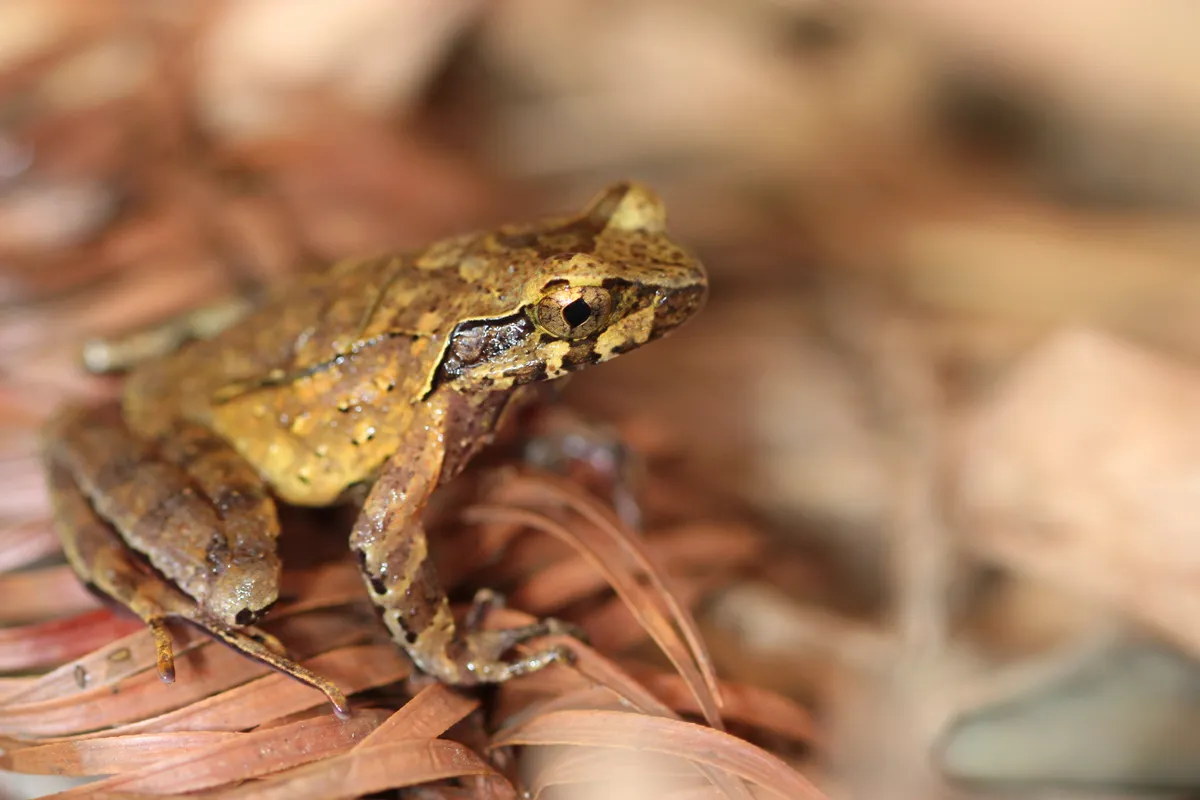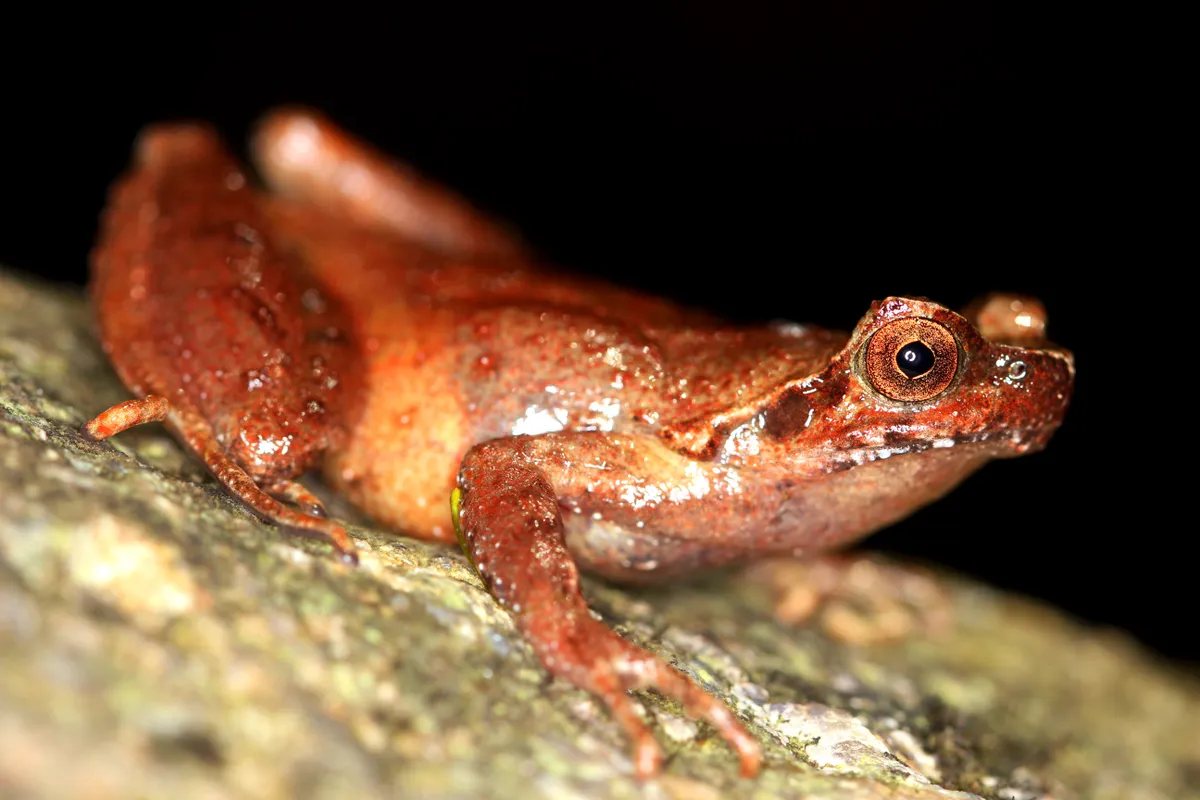Discovered 3,143 meters above sea level in a cool climate, two new species of frog have been described by scientists from the Zoological Society of London (ZSL), the Australian Museum Research Institute and The Centre for Rescue and Conservation of Organisms, with the support of the Natural History Museum (London).
The two frogs have been named after the places in which they were found - the Mount Fansipan horned frog Megophrys fansipanesis, and the Hoang Lien horned frog Megophrys hoangliensis.
There is already a high level of concern from amphibian experts that the frogs could be facing extinction.
"The discovery of two new species in the Hoang Lien Range demonstrates how little we know about amphibians in this region,” says Chun Nguyen, from the Centre for Rescue and Conservation of Organisms in Vietnam.
“The fact that we are still finding new species that are potentially extremely threatened, highlights the need for ongoing research, so that we can determine the true diversity of amphibians in the Hoang Lien Range and protect them."

The habitat in which both frogs reside is currently under development to support the large numbers of tourists that visit the area to enjoy Vietnam's natural beauty, putting the new species at risk.
"We did unfortunately observe an enormous amount of habitat destruction and degradation at many of our study sites due to infrastructure being built for tourists and from tourists littering and defecating in the streams," says Benjamin Tapley, curator of herpetology at ZSL. "Now that these species are named, we can determine how to try and conserve them."

Figuring out the exact species of both frogs seemed to prove quite difficult for the team, as the calls of each frog had to be recorded and carefully analysed, alongside their DNA.
“At first glance, the frogs looked very similar and even their calls sounded identical, like a loud insect chirp on repeat,” continues Tapley. “But we simply couldn’t identify them as any known living species just by looking at them. It wasn’t until we recorded and analysed their calls and DNA that the pieces of the puzzle came together. Because they are so vulnerable to predators when they call, they stopped calling when we approached. This meant that we often had to wait for long periods of time in precarious situations - just waiting for a few snippets of audio.”
Despite the struggle, the team were finally able to conclude that the frogs were two completely new species.

This most recent discovery is the third new frog species to be found from Mount Fansipan in five years by the same ZSL team. Since 2004, there have been countless new amphibian species discovered worldwide, with 87 of them described from Vietnam alone.
Due to the increasing threat of extinction that these frogs are already facing, the promotion of responsible ecotourism must be addressed and acted upon quickly, before it is too late.
